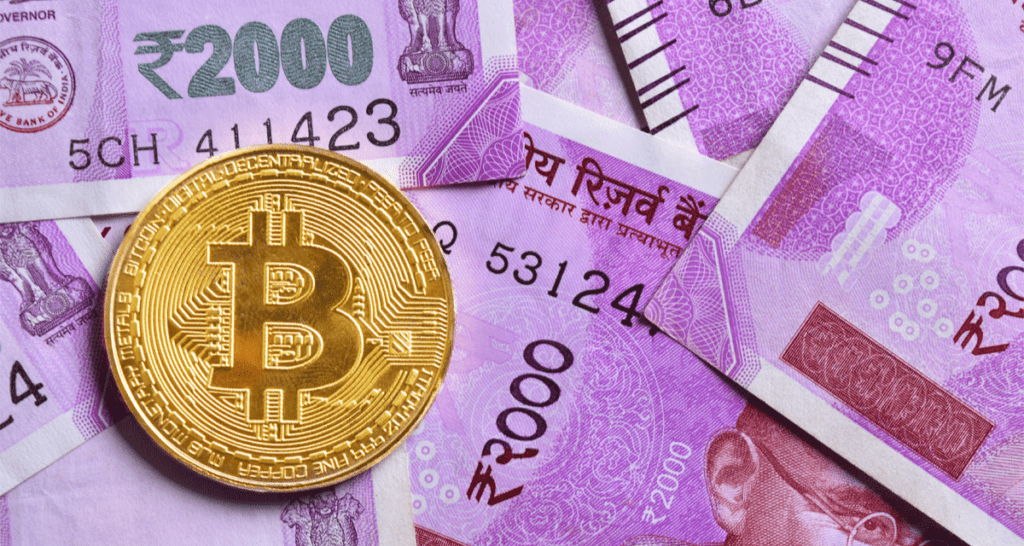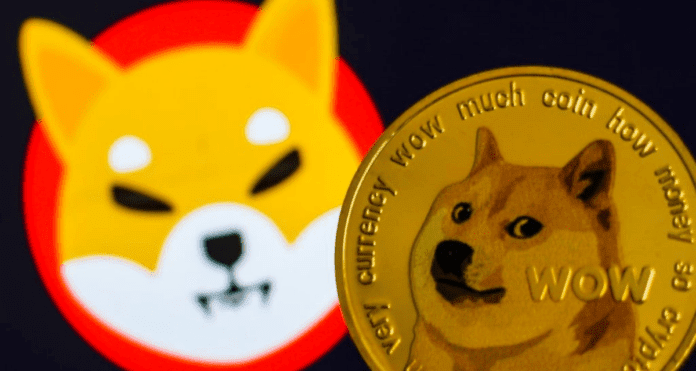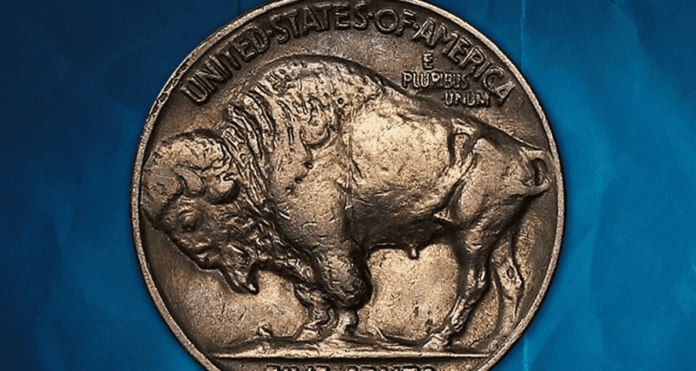Welcome to the enthralling world of currency collecting! If you have ever wondered about the historical significance and cultural importance of money, you have come to the right place. In this comprehensive guide, we will explore the captivating realm of my currency collection. From ancient coins to modern banknotes, this article will provide valuable insights and expert advice for both seasoned collectors and newcomers alike. Prepare to embark on a captivating journey through time, as we delve into the fascinating world of numismatics.
My Currency Collection: A Window into History
Currency, beyond its primary purpose as a medium of exchange, holds immense historical value. Collecting currencies offers a unique opportunity to gain insights into the societies, cultures, and economies of different eras. Each coin or banknote has a story to tell, reflecting the artistic, political, and economic developments of its time. By curating a diverse range of currencies, my currency collection becomes a window into the past, allowing us to appreciate and understand the complexities of human civilization.
The Evolution of Money: From Barter to Banknotes
Barter: The Early Days of Exchange
In the early stages of human civilization, barter was the predominant method of exchange. People traded goods and services directly, relying on the double coincidence of wants. Although barter facilitated trade to some extent, it was often cumbersome and inefficient, leading to the emergence of a more standardized form of exchange.
Commodity Money: The Birth of Currency
With the advent of commodity money, the barter system underwent a significant transformation. Commodity money consisted of items with intrinsic value, such as shells, beads, or precious metals. These items became widely accepted as a medium of exchange, providing greater convenience and uniformity in trade.
Coins: The Birth of Numismatics
Coins, as we know them today, originated in ancient Lydia (modern-day Turkey) in the 7th century BCE. These early coins were made of electrum, a naturally occurring alloy of gold and silver. The introduction of standardized coinage marked a crucial milestone in the history of currency and laid the foundation for the field of numismatics.
Paper Money: The Rise of Banknotes
As trade and commerce expanded, the need for a more portable and convenient form of currency grew. Paper money, in the form of banknotes, emerged as a solution. The first documented use of paper money dates back to 7th century China during the Tang Dynasty. Banknotes gradually gained acceptance worldwide, revolutionizing the way we perceive and use money.
Modern Currency: The Age of Digital Transactions
In the digital age, physical currency is increasingly giving way to electronic transactions. Digital wallets, online banking, and cryptocurrencies have transformed the way we interact with money. However, physical currencies retain their allure and historical significance, making them highly sought after by collectors and enthusiasts.
The Thrill of Currency Collection: Why It Matters
Preserving History: A Cultural Legacy
Currency collection goes beyond the pursuit of personal interest. It plays a vital role in preserving our cultural heritage. By safeguarding rare and significant coins and banknotes, collectors contribute to the preservation of history for future generations. Each addition to my currency collection safeguards a piece of our shared cultural legacy, ensuring that the stories encapsulated within these currencies endure.

**Investment Potential: A Lucrative OpportunityCurrency collection presents a unique investment opportunity. While the primary motivation for collectors is often the passion for history and culture, the value of certain currencies can appreciate significantly over time. Rare coins and banknotes, especially those in exceptional condition or with historical significance, can become highly sought after by collectors and investors. As a result, my currency collection can potentially yield substantial returns on investment.
Educational Value: Learning through Currencies
Engaging with my currency collection provides a wealth of educational opportunities. By exploring the historical context and significance of different currencies, collectors gain valuable insights into various cultures, economies, and political landscapes. It fosters a deeper understanding of global history and enhances one’s knowledge of numismatics, economics, and artistry.
Connecting with Fellow Collectors: Building a Community
Currency collection offers a vibrant and inclusive community of fellow enthusiasts. Whether through local clubs, online forums, or numismatic events, collectors have ample opportunities to connect with like-minded individuals. These connections facilitate the sharing of knowledge, experiences, and discoveries, fostering a sense of camaraderie and creating lasting friendships.
Aesthetics and Artistry: Appreciating the Beauty of Currency
Coins and banknotes are not merely instruments of trade; they are works of art in their own right. From intricate engravings to stunning designs, currencies showcase the craftsmanship and creativity of their respective eras. Collecting currencies allows enthusiasts to appreciate the beauty and artistic nuances of these miniature masterpieces.
Building an Impressive Currency Collection: Expert Tips
1. Start with Research: Expand Your Knowledge
Before delving into my currency collection, it is crucial to conduct thorough research. Familiarize yourself with different types of currencies, historical periods, and notable rarities. Online resources, books, and numismatic publications are excellent sources of information. Expanding your knowledge will help you make informed decisions and identify valuable additions to your collection.
2. Define Your Collecting Focus: Specialize or Diversify?
Consider whether you prefer to specialize in a particular currency type, such as ancient coins or modern banknotes, or if you prefer to diversify your collection across various categories. Specialization allows for a deeper understanding of a specific niche, while diversification ensures a broader range of collecting experiences.
3. Set a Budget: Balancing Passion and Affordability
Currency collection can be as affordable or as extravagant as you desire. It is essential to establish a budget that aligns with your financial capabilities and collecting goals. Setting a budget ensures that you can acquire desirable currencies without compromising your financial well-being.
4. Authenticity Matters: Verify the Genuine
When acquiring new additions to my currency collection, it is crucial to verify their authenticity. Counterfeit currencies are a prevalent issue, particularly for rare and valuable pieces. Consult reputable numismatic experts, use reliable authentication services, and study the telltale signs of counterfeits to protect your collection’s integrity.
5. Condition and Grading: Strive for Excellence
The condition of a currency significantly affects its value. Learning about grading standards and techniques will enable you to evaluate the condition of coins and banknotes accurately. Aim for high-quality specimens, as they tend to appreciate in value more consistently.
6. Storage and Preservation: Shielding Your Collection
Proper storage and preservation are paramount to protect your currencies from damage and deterioration. Invest in archival-quality holders, albums, or display cases specifically designed for numismatic items. Avoid exposing your collection to excessive light, heat, humidity, or direct handling to maintain its condition.
Conclusion
Embarking on a journey through my currency collection is not just a hobby but an immersive exploration of history, artistry, and culture. By curating a diverse range of coins and banknotes, collectors preserve and celebrate the rich tapestry of human civilization. Whether for the thrill of discovery, the potential for investment, or the joy of connecting with a vibrant community, currency collection offers a captivating and rewarding experience. So, start your own collection today and witness the magic of my currency collection unfold.
FAQs (Frequently Asked Questions)
Q1: Are old coins and banknotes always valuable?
A1: Not all old coins and banknotes are valuable.The value of a currency is determined by various factors, including rarity, historical significance, condition, and demand among collectors. While some old currencies may hold significant value, others may have minimal worth. Research and consultation with experts can help identify valuable pieces for your collection.
Q2: How can I determine the authenticity of a currency?
A2: Authenticity is crucial in currency collection. Look for key features specific to the currency, such as security features, watermarks, or unique engravings. Consulting reputable numismatic experts, using reliable authentication services, or referring to official documentation can help verify the authenticity of a currency.
Q3: Can I start currency collection with a limited budget?
A3: Absolutely! Currency collection can accommodate various budgets. Start by focusing on more affordable options, such as common or circulated coins and banknotes. As your collection grows and your budget allows, you can gradually acquire rarer and more valuable pieces.
Q4: Should I clean or restore old coins and banknotes?
A4: It is generally advised not to clean or restore old coins and banknotes. Cleaning can damage the currency’s patina or remove traces of historical significance. Professional restoration should be handled by experts trained in numismatic conservation to preserve the integrity and value of the currency.
Q5: Where can I sell or trade my currency collection?
A5: There are various avenues to sell or trade your currency collection. Online marketplaces, numismatic auctions, specialized coin shows, and local dealers are common options. Research potential buyers, seek appraisals, and consider the best platform that aligns with your selling goals.
Q6: Can I display my currency collection?
A6: Displaying your currency collection can enhance its beauty and provide an opportunity to share your passion with others. Use archival-quality holders, albums, or display cases that protect the currencies from environmental damage while allowing for appreciation and enjoyment.

